
HOME > ALL DISPLAYS > 1890-1915 > ALPINE FIREPROOF SAFE
Alpine Fireproof Safe
1900 | Object #:A0141.0001
Weighing in at approximately 3,000 lbs, this fireproof safe is made of steel and concrete and produced by the Alpine Safe & Lock Company in Cinncinnati, Ohio.
University of Michigan Connection: This safe belonged to Augustus L. Steger, DDS, U-M School of Dentistry, class of 1900. It was likely used to keep supplies of gold and cash payments secure.
SCROLL TO LEARN MORE

Taggart’s first cast inlay machine used compressed air. Shortly after, he and others were looking for improvements to the casting process. It was not long before centrifugal force became the standard among most dentists.

1/12: Alpine Fireproof Safe, made of concrete and steel. Note the floral, leaf, and scroll designs which were typical of the Victorian era.

1/12:

1/12:

1/12:
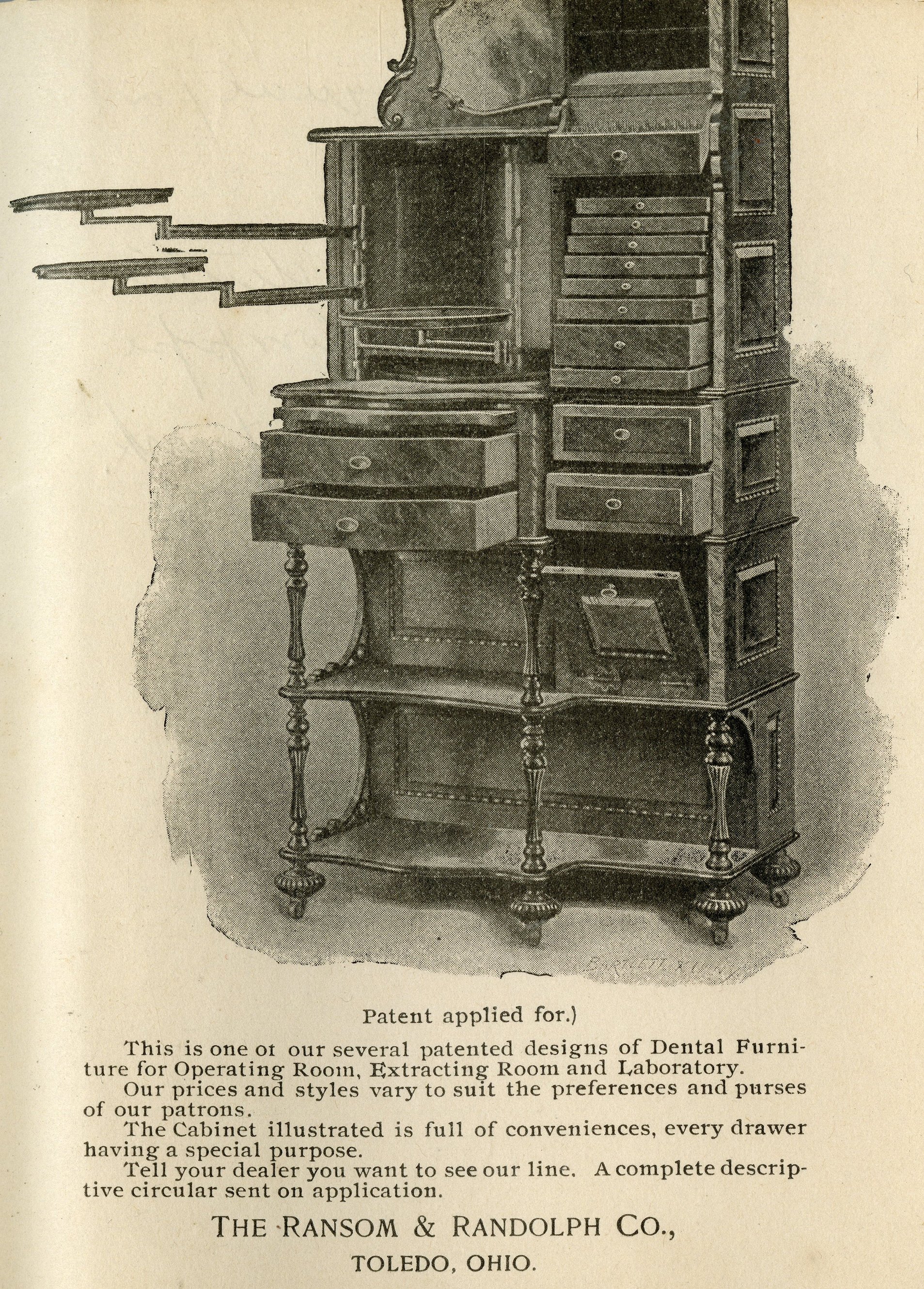
1/12:
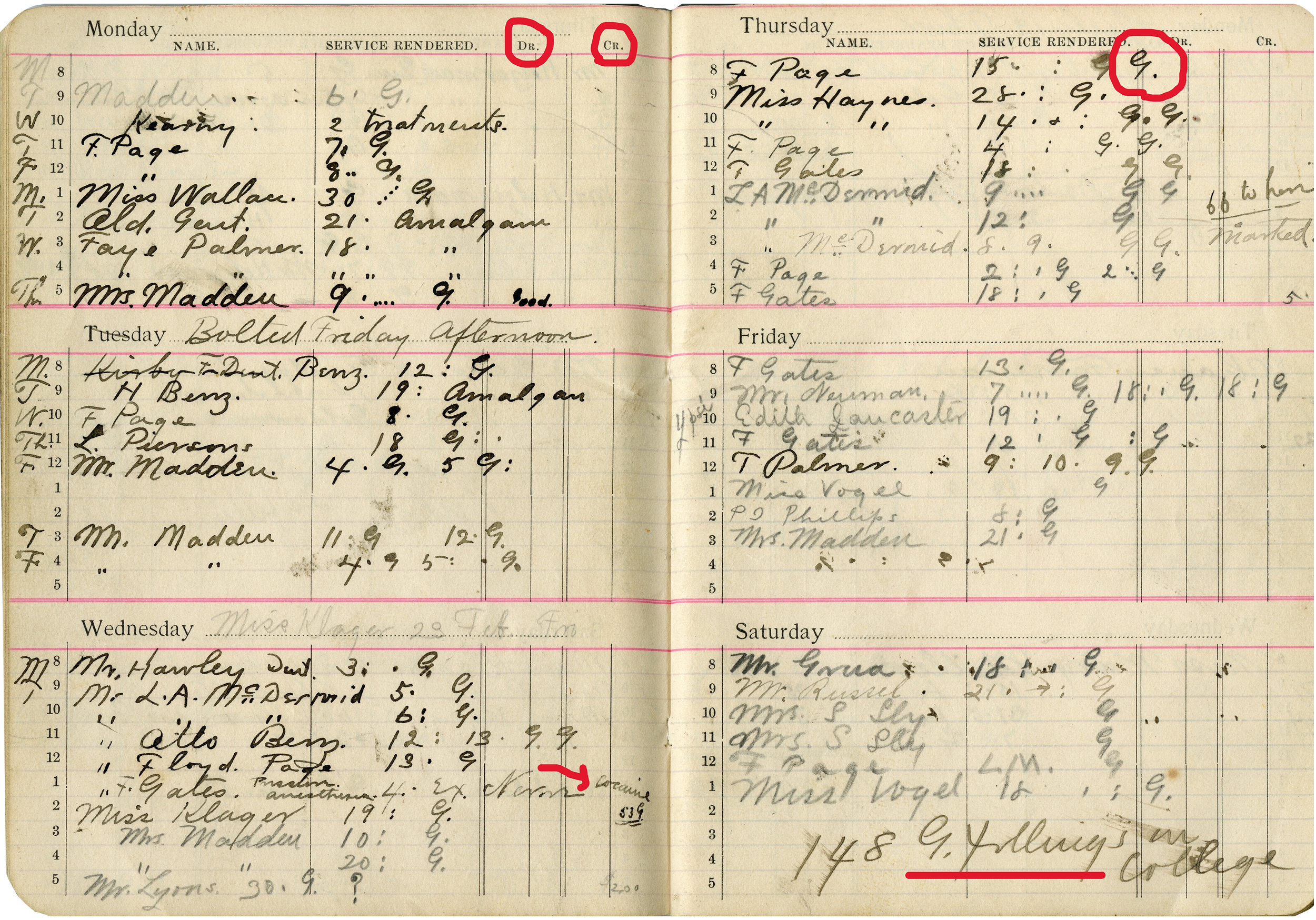
1/12:

1/12:

1/12:

1/12:

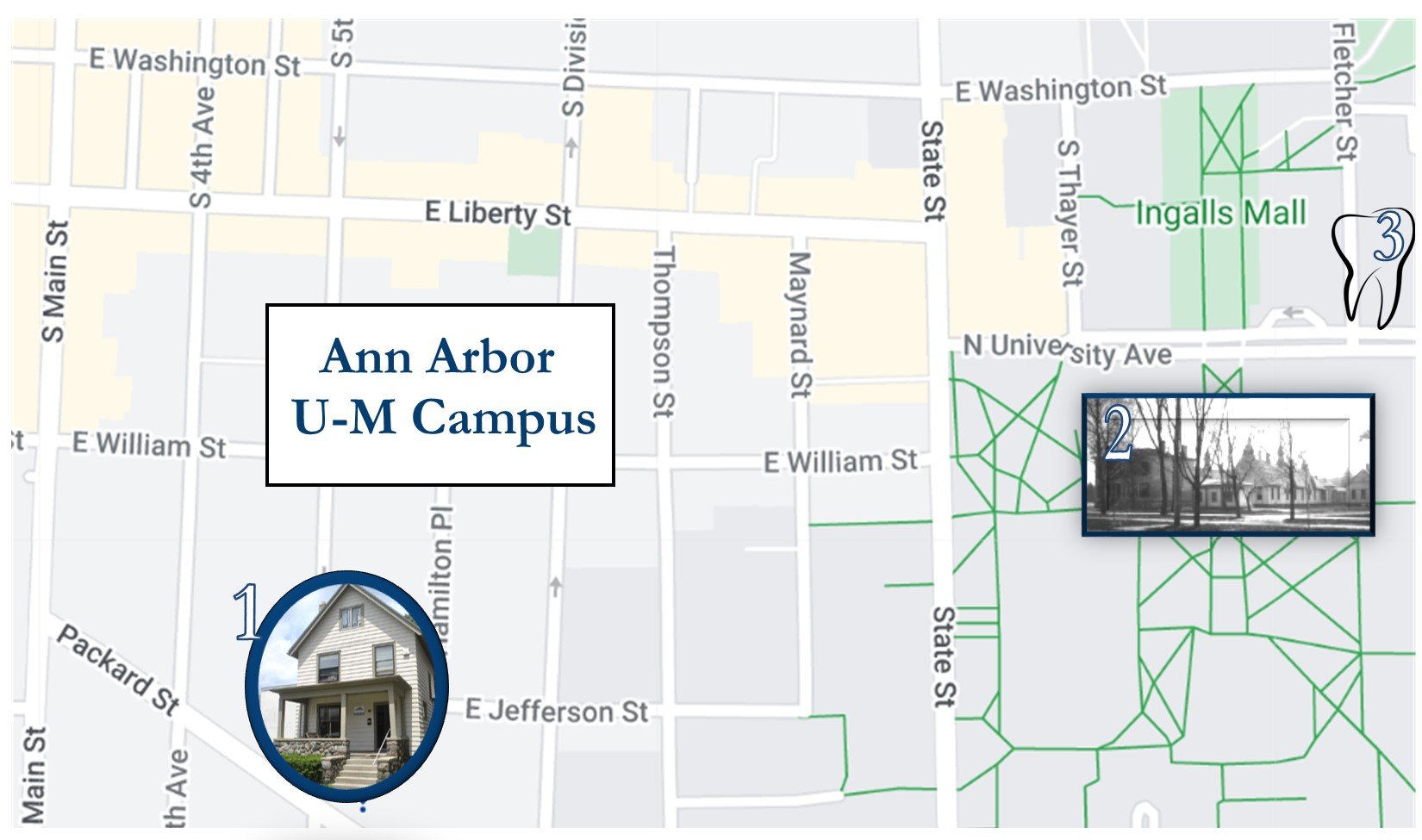
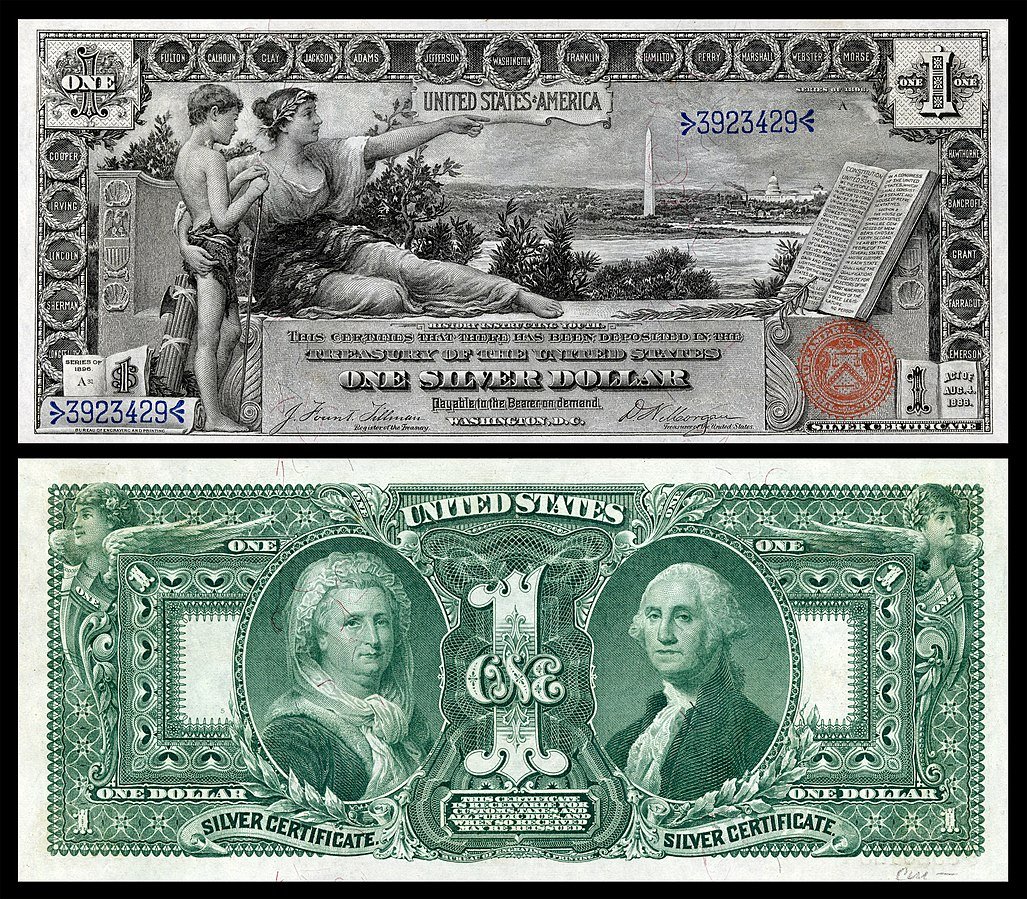
Taggart not only patented his inlay machine, but also the inlay process. He asked that dentists pay him a fee for its use and began bringing suit against some prominent members of the dental profession. A lawsuit in 1918 brought about the nullification of Taggart’s patent on the process of casting inlays. He became a controversial figure and it was over 30 years before his legacy would be celebrated.

1/4: This advertisement reflects Taggart’s desire to own the rights to the casting process and not just the equipment he sold.

2/4: Dr. M. D. K. Bremner, originally a defendant in a lawsuit, wrote about Taggart’s contributions, “Legally, Taggart had no right to a patent monopoly. But it was he who taught the profession to cast inlays, which was without a doubt the greatest single contribution to dental progress that has been made by any individual.”
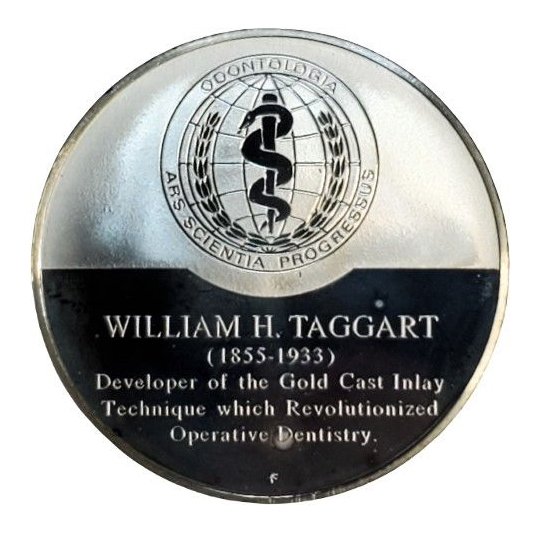
3/4: In 1971, the Franklin Mint included them in its Collection of Medallic History of Dentistry.

4/4: In 1971, the Franklin Mint included them in its Collection of Medallic History of Dentistry.



